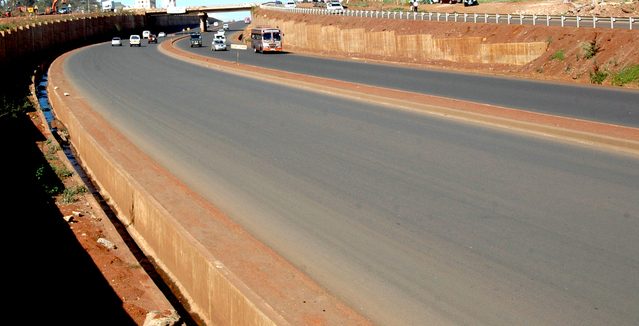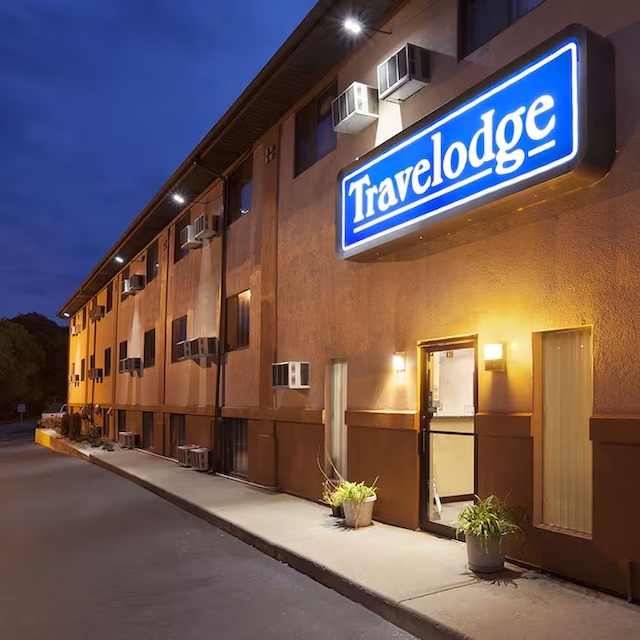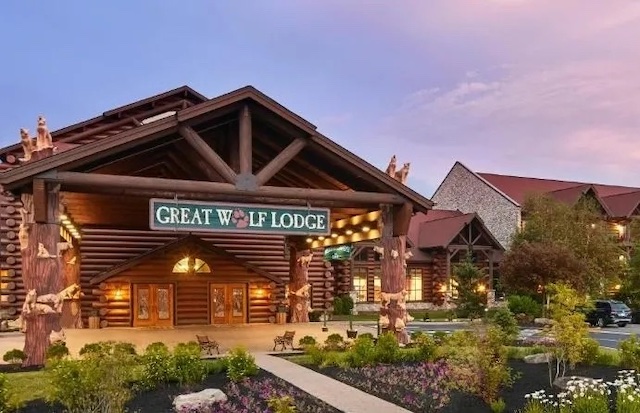Metamorphosis Of The Face Of Nairobi
Swamp to pomp
It is remarkable that no permanent settlement stood little more than a century ago where Nairobi does today. It was just a swamp where the Maasai brought the cattle to drink. They knew the area as Enkare Nyirobi. They settled there due to the presence of mosquitoes, diseases, snakes and rodents in the nearby Athi Plains. The journey of modernity of one of Africa’s most beautiful city begins in the year 1899.
Europeans on wheels
The site where Nairobi is today was a railway depot for the “Lunatic Express”. It was the only link between Mombasa and Kampala. Interestingly, in the 19th century, it was the Mombasa railway that brought the first tourists to Nairobi. These were an Edwardian and Victorian elite of peers and princes, dukes and earls. Nairobi was unbelievably squalid and a slum tied to the world only by this railway line. But the location was convenient for commerce, and the malaria-free climate appealed to the settlers. Thus the railhead quickly blossomed Nairobi into a small town. Within just eight years it became British East Africa’s capital in 1907.
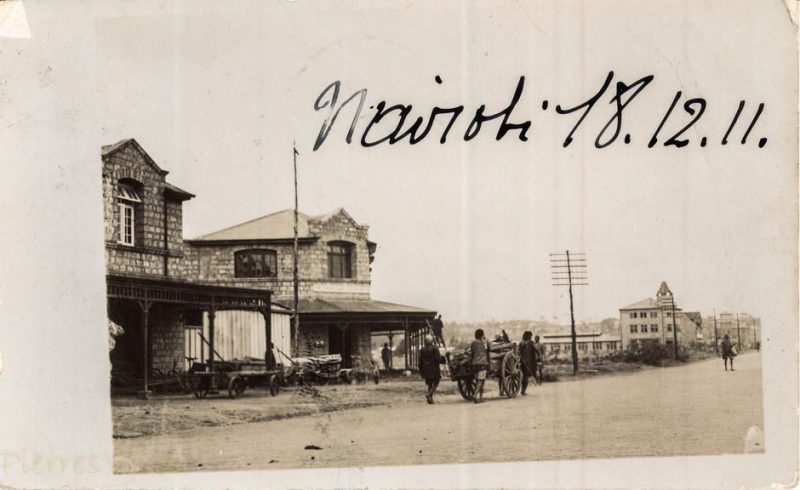
Metamorphosis of the face of Nairobi
The first Europeans who arrived in the interior of East Africa found Nairobi inhabited by an inexhaustible stock of wildlife. These large mammals had coexisted with human beings for millions of years. But the ‘sport’ hunters from Europe took a massive toll on those beasts decimating much of the wildlife within decades.
Expedition of Roosevelt
The popularity of the place brought the Wild West aka the Americans to Nairobi. Ex-President Teddy Roosevelt in 1909 went on a safari with his son, Kermit Roosevelt. It was to promote science and the natural world. The mores around hunting and conservation were dramatically different in those days. In the name of science, they killed more than 500 rare species of wild animals for American natural history collections. He wrote a book about it in the following year. Reading that book, one got a sense that he took a lot of pride explaining the thrill of the hunt. Ironically, this massive safari was billed as a conservation mission and was officially called the Smithsonian-Roosevelt African Expedition. It is questionable whether the Smithsonian institution needed those 13 stuffed rhinoceroses to further science. Nevertheless, his safari arguably helped improve knowledge about Kenya and its animals that remained mysterious for many foreigners.
Collaboration
The Smithsonian Institution today collaborates with Kenyan scientists regarding numerous conservation issues, including disease. They explore opportunities in Kenya in partnership with various organizations with the goal of building and strengthening capacities to identify viral threats at animal-human pathogen transmission. This initiative hopes to better understand how they are transmitted and spread from animals to humans. Samplings are performed on a variety of species to map and prepare for potential viral zoonotic outbreaks. In sharing such valuable information between the health professionals, they hope to identify zoonotic diseases before they become global pandemic threats, thereby facilitating rapid response to undetected viruses. This is more so relevant currently when COVID-19 has wreaked havoc on a global scale interrupting and disrupting the lives as well as livelihood of millions of people.
Back to modernity
Since its inauspicious beginnings, Nairobi has grown into a graceful, green city of open spaces, wooded hills and broad streets. Once a frontier settlement, it has become one of the most significant and distinct towns in Africa. It is the most populous city in East Africa, supporting an approximate population of four million people. Today, Nairobi is the modern, bustling capital of Kenya. It boasts of genuine state of the art amenities matched by a mere handful of cities in Africa. The thriving and boundless energy of the town makes it seem as if Nairobi never sleeps. There are casinos, nightclubs, restaurants, theatres and cinemas, flower-decked parks and forest walks, as well as many sports ground and golf courses.
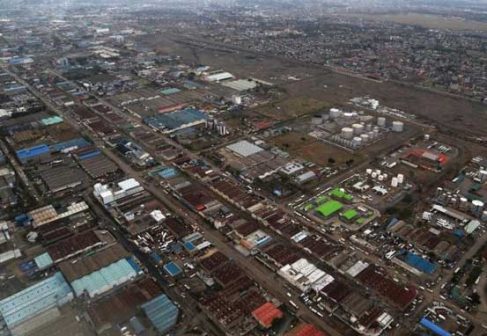
Metamorphosis of the face of Nairobi
The economy of Nairobi sits solidly on an industrial area in the east that encompasses car assembly parts, paint making, breweries, tire production, manufacture of appliances, food processing, packaging, printing, cosmetics, pharmaceuticals, and much more. The Kenyan capital is also the most important commercial hub, signified by the presence of the head office of the United Nations for Africa and the United Nations Environment Programme, not to mention Nairobi Stock Exchange, Africa’s fourth largest. Practically all roads in the country and for that matter, most railway tracks as well as regional, domestic and international flights lead to Nairobi. Hence, it is the international gateway to Kenya and the rest of East Africa.
Airports in Nairobi
There are two flight terminals in the capital’s Jomo Kenyatta International Airport, named after independent Kenya’s founding father. Just outside, north of this airport, are the two busiest regional airports in East Africa. The Kenya Air Force uses the original terminal, sometimes called the Old Embakasi Airport, located on the north side and low-cost airlines use terminal 2, while Wilson Airport is the hub for regional flights.
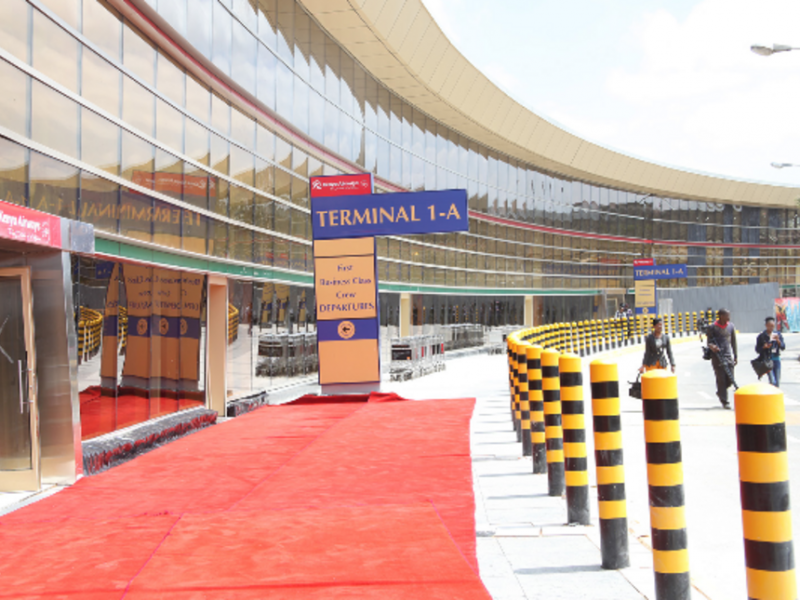
1A at Jomo Kenyatta International Airport, was designed to boost security by separating departing and arriving passengers Source: The Star
1A at Jomo Kenyatta International Airport, the new terminal, was designed to boost security by separating departing and arriving passengers. The new terminal has improved the experience of customers tremendously at the airport, besides guaranteeing operational efficiency and enhanced service quality to airport users. Commissioning of this facility is a critical milestone in the efforts to modernize and expand the international airport and to improve customer experience, with the goal to make Nairobi the principal hub in the region. The airport can easily handle a total of 7.5 million passengers from Africa, Europe and Asia.
Unity in diversity
The uniqueness of Nairobi lies in its vast contrasts between race, tribe and origin. In other words, the city’s prosperity goes hand in hand with an incredible sense of harmony. A polyglot mix of faiths, cultures and cuisines add zest to life in Nairobi’s sunny streets. In the suburbs and city center, the minarets of Islam rise alongside the Sikh temples, which in turn face the Hindu temple, all within sight of an Anglican church and a Catholic cathedral and only a stone throw away from the city synagogue. And the pluralistic face of the city is attested to by its varied selection of international cuisines – Chinese, Italian, French, Japanese, African and Indian. Indigenous Africans form the majority of the residents, with the Kikuyu of the central highlands being especially prominent in numbers and business affairs.
Evidently, the capital city of Kenya has risen within a century from a brackish swampland to a thriving place, and the modernity has quickly caught up. However, modern Nairobi is still Africa’s safari capital, but intriguingly, this is not an urban city separated from the wilderness that surrounds it. Outside the city are the National Park, plains, cliffs and forests that are home to large herds of wildebeest, giraffe, buffalo, zebra and more. Cheetah, rhino, and lions are all found living wild within minutes of the town center. And Nairobi has not forgotten its past, with a museum and the home of Karen Blixen open to visitors every day.
5 Frequently asked questions about Nairobi
To receive a colourful digibook about accommodation with videos, images and text, please fill out the following form or simply email us on safaris@safari-center.com

